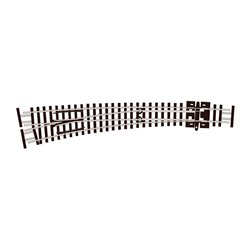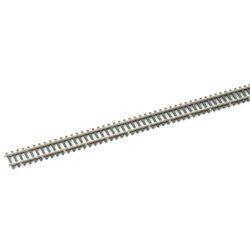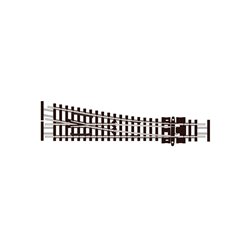So the kids have all grown up and moved away, you finally have a little space, a bit of extra cash maybe, and a...
No products
Product successfully added to your shopping cart
There are 0 items in your cart. There is 1 item in your cart.
Search Tips
Christmas and New Year
We are dispatching orders every weekday apart from Christmas Day, Boxing Day and New Year's Day.
If you order is time critical, select next day delivery at checkout.
The shop in Sandown is closed from 25th December, reopening on 30th December.
In model railways, what is 2FS?
In model railways, 2FS refers to 2mm Finescale or 2mm Scale Finescale. This is a specific modeling standard and scale used by railway enthusiasts who focus on highly detailed and accurate miniature railway layouts. Why Use 2FS?
Modelers who choose 2FS are often enthusiasts who are highly committed to realism and accuracy. The use of 2FS allows for:
Detailed Trackwork: The track standards are more refined, leading to more realistic appearances and smoother operation.
Precision in Models: Locomotives, rolling stock, and buildings can be constructed to exacting detail, often from scratch or with customized kits.
Complex Layouts in Smaller Spaces: Due to the smaller scale, it is possible to fit more intricate and complex layouts in limited spaces, making it ideal for modelers with space constraints.
Community and Skill Development: Engaging in 2FS often involves participating in a community of like-minded hobbyists who share tips and techniques, contributing to skill development and camaraderie.
2FS Standards and Specifications
The 2mm Scale Association is the primary organization supporting and developing the 2FS standards. It provides resources, guides, and parts for enthusiasts interested in this scale. The association has defined specific standards for 2FS, which include:
Track and Wheel Standards: Detailed specifications for track construction, wheel profiles, and clearances to ensure smooth and realistic operation.
Turnout Design: Guidelines for building points and crossings that reflect real-world engineering practices.
Structure and Scenery: Encouragement of accurate representation of structures, scenery, and other elements to scale.
Key Challenges and Considerations
Skill Level: 2FS modeling often requires advanced modeling skills due to the small size and high level of detail required.
Equipment and Tools: Specialized tools and materials may be needed to achieve the precision required for 2FS modeling.
Time Commitment: The level of detail and customization in 2FS often means projects can be time-consuming but rewarding for dedicated hobbyists.
Click here to receive the tips weekly in your mailbox. You can unsubscribe at any time.










